On this page
The Victorian Government highlights mental health as an essential ingredient of individual and community wellbeing and points out that social isolation and loneliness can increase the risk of poor mental health (Victorian public health and wellbeing plan 2023–27).
Most adults (aged 18 and above) in Boroondara are satisfied with their life (Figure 1) but fewer than half have low levels of psychological distress (Figure 2) according to the 2023 Victorian Population Health Survey.
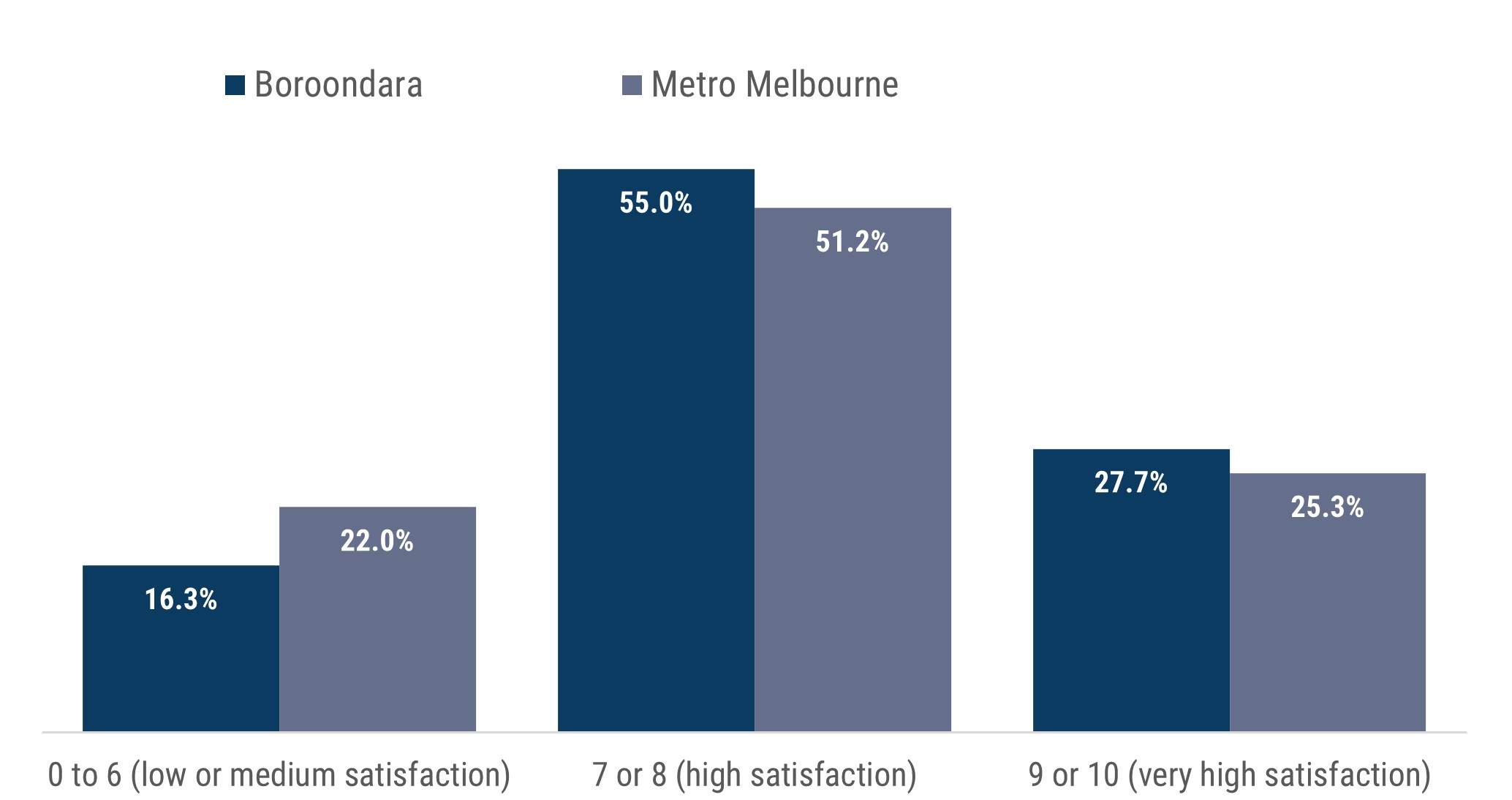
Figure 1: Most Boroondara residents are highly satisfied with their life. Data source: Unpublished 2023 Victorian Population Health Survey by the Victorian Agency for Health Information
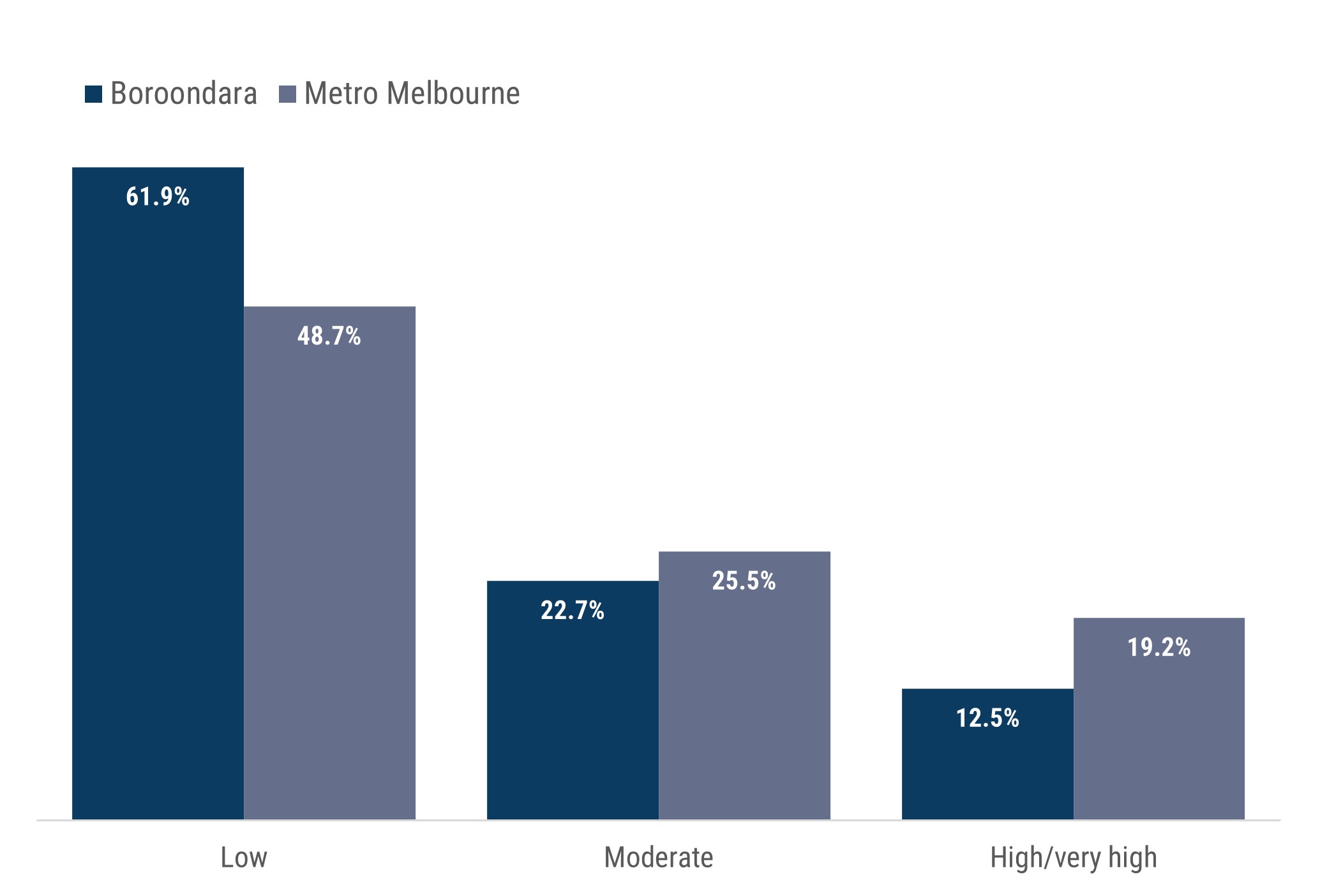
Figure 2: Just over one in 10 Boroondara residents reported high or very high psychological distress. Data source: Unpublished 2023 Victorian Population Health Survey by the Victorian Agency for Health Information
In 2021, 3% of the 1,112 Boroondara children who commenced school had emotional or behavioural difficulties at the time (see School entrant health questionnaire on the Victorian Government website). This rate is considerably lower than the metropolitan Melbourne rate of 6.2%.
The 2021 Census was the first to measure long-term health conditions. It revealed striking differences in self-reported long-term mental health conditions by age group and sex (Figure 3).
The 2021 Census showed that 7.1% of Boroondara residents have been told by a doctor or nurse that they have a mental health condition.
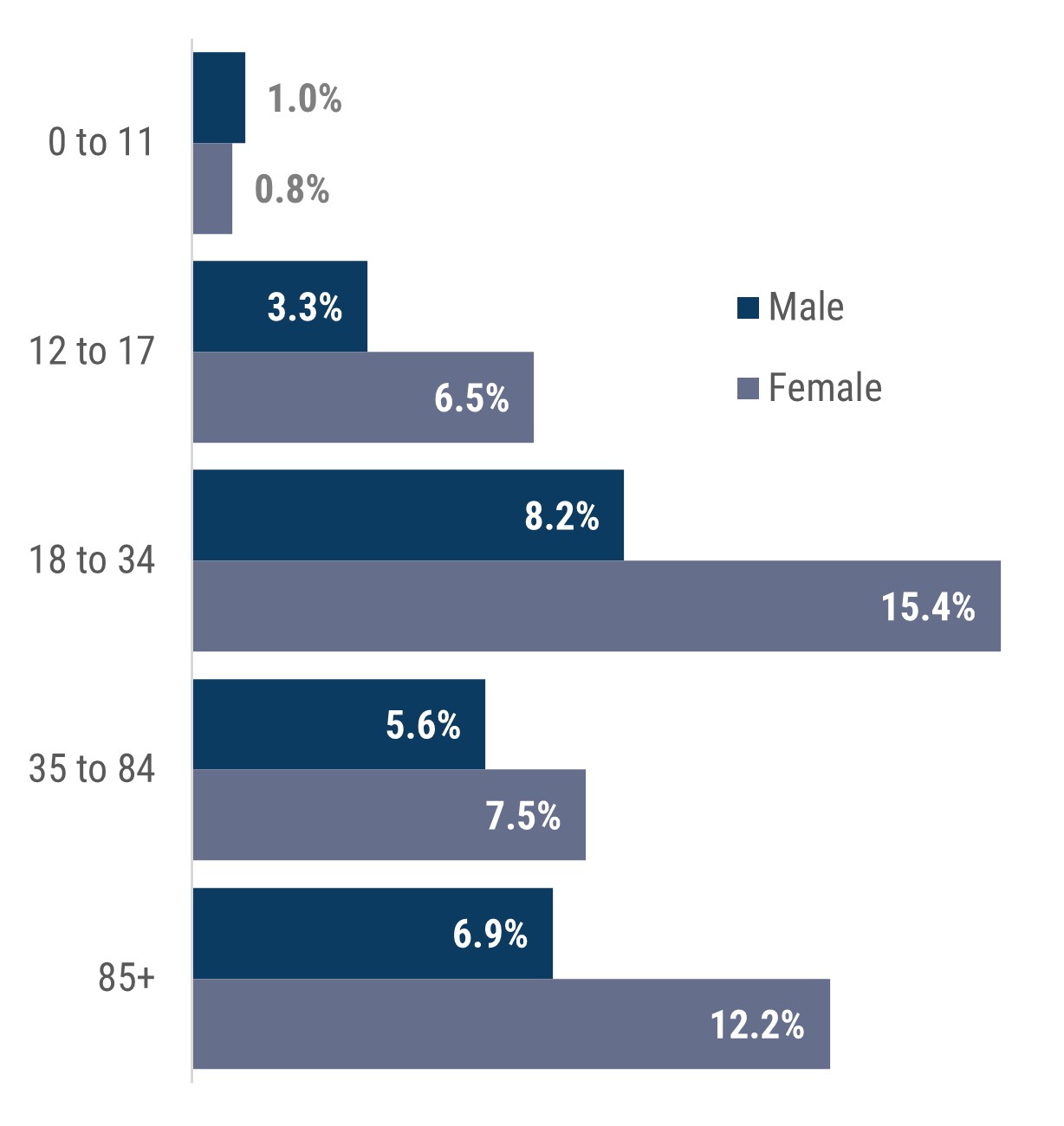
Figure 3: Self-reported rates of diagnosed long-term mental health conditions in Boroondara vary by age and sex. Data source: ABS Tablebuilder Pro, 2021 Census
Indicators of social connection
The 2023 and 2020 Victorian Population Health Survey suggests that while most Boroondara residents feel valued and connect frequently with family and friends, some are more at risk of feeling isolated (Figures 4).
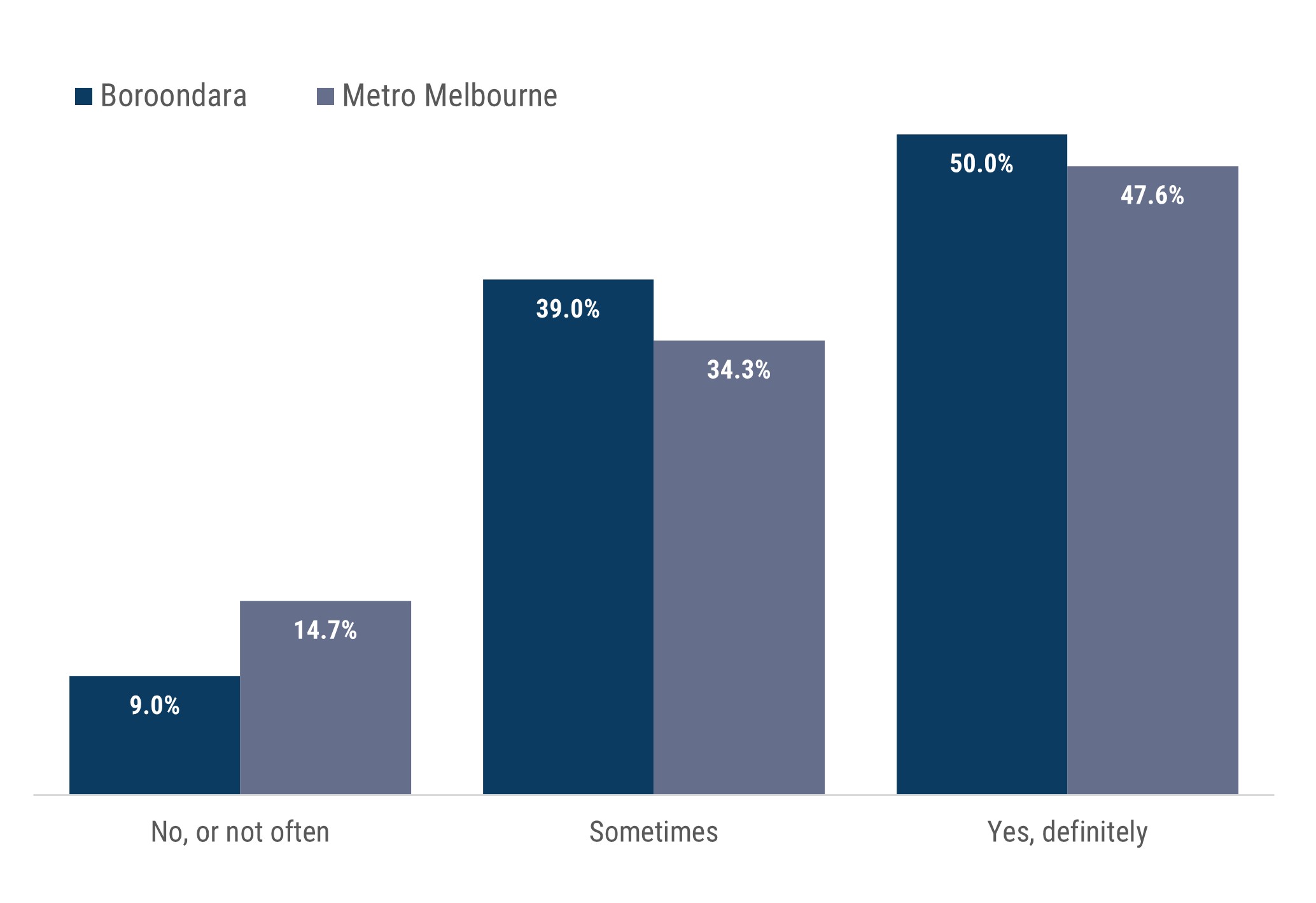
Figure 4: Most Boroondara residents report that they definitely feel valued by society and just less than one in 10 never or rarely do. Data source: Unpublished 2023 Victorian Population Health Survey by the Victorian Agency for Health Information
The World Health Organization has identified loneliness as a growing public health threat, with social isolation linked to mental illness, emotional distress, suicide, and other harmful health behaviours.
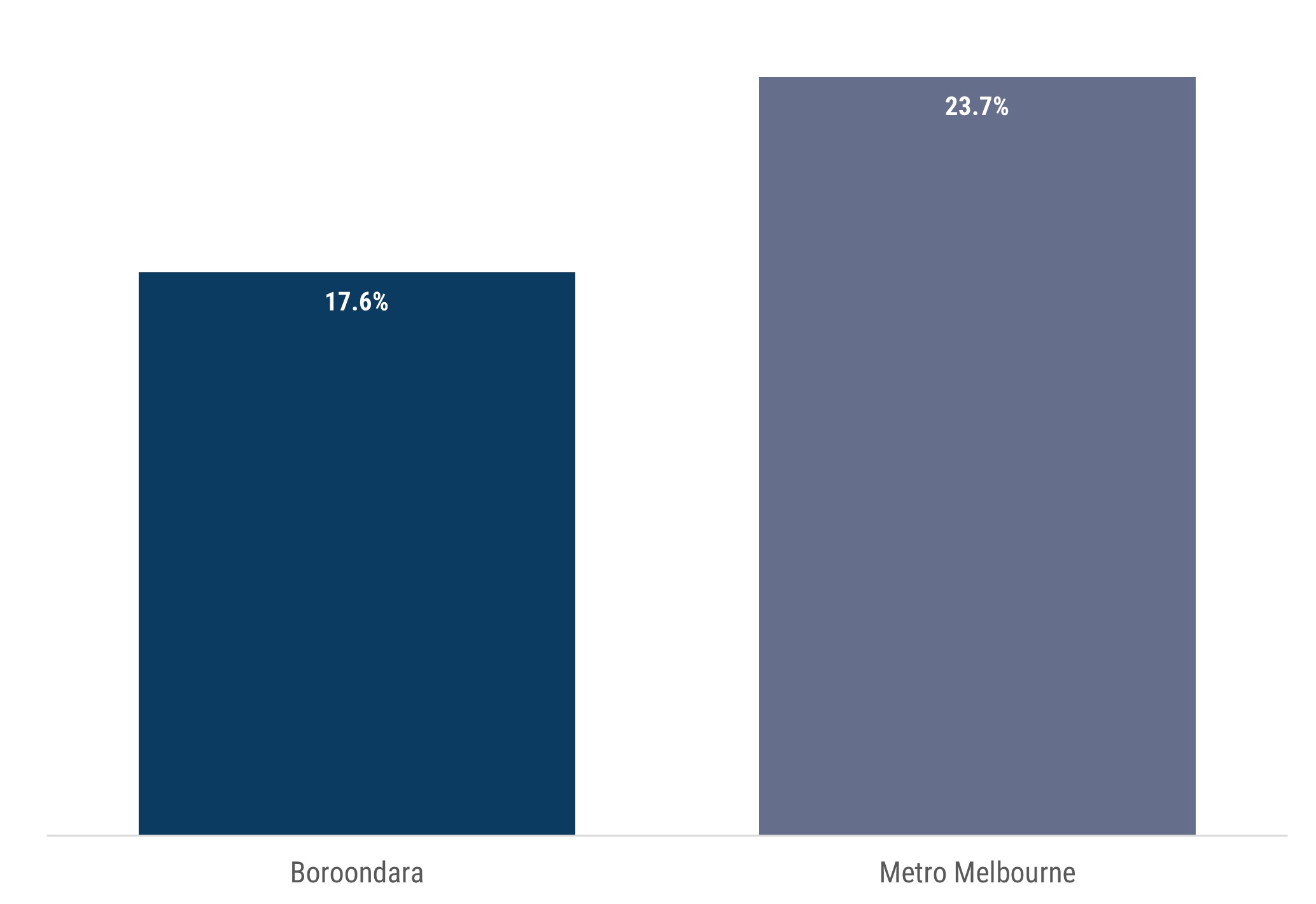
Figure 5: Just under one in 5 residents of Boroondara have experienced loneliness. Data source: Unpublished 2023 Victorian Population Health Survey by the Victorian Agency for Health Information
Victorian females have a higher rate of experiencing loneliness at 24.4%, compared to Victorian males at 22.6%.
Victorians aged 18-24 are most likely to have experienced loneliness, with a proportion of 32.2%, followed by 25 to 35 year-olds at 26%.
In 2022 the Australian Institute of Health and Welfare reported Australian males aged 15–24 tended to experience more social isolation and loneliness than females.